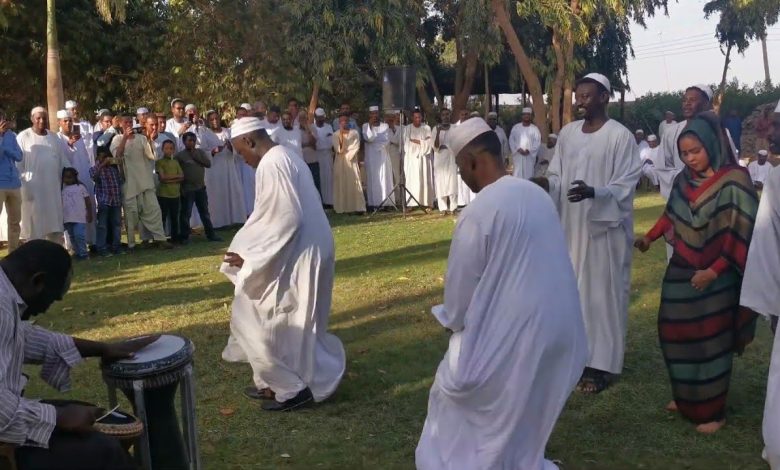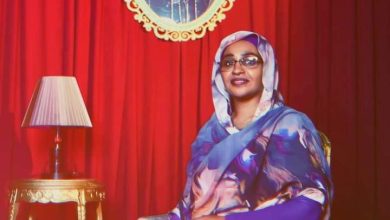Folk Dance in Sudan: Tribal Affiliation

Khartoum – Sudan Events
Talking about music and dance does not stray from the philosophy of beauty, and music among African peoples is characterized by being kinetic and auditory at the same time.
This is an issue that brings us back to researching the origin of folk dance in Sudan as part of African civilization.
Researchers in heritage and folk dance say that there is an academic deficiency in studying the art of dance, and that there is no specialized department in the College of Fine Arts for studying the aesthetics and history of the arts, including local dance.
The College of Arts must examine all developments and ancient and modern values in order to provide the cultural scene with many studies on the art of folk dance.”
Researchers accused musicians of lacking interest in and studying folk dances.
In northern Sudan, there is the “Daleib ” rhythm, which began with the “Retroto” dances, and the Naqara rhythm only, and then the “Rabab instrument” entered.
The dance is performed by one woman and a group of men, and the women’s skill in dancing appears here. This dance has its social connotations.
Associated with men’s strength and women’s skill, Nubians have an instrument named after it“Kasak”, and they dance the “Kumbak” dance, which is the Halfawi dance known as “Jaboudi”, the well-known Nubian dance, in addition to the Sirah dance.
The falcon dance of the Ja’aliyyin and Al-Batahin includes a drama that represents the falcon and the “prey”, the strongest falcon is the one who wins by eating it.



